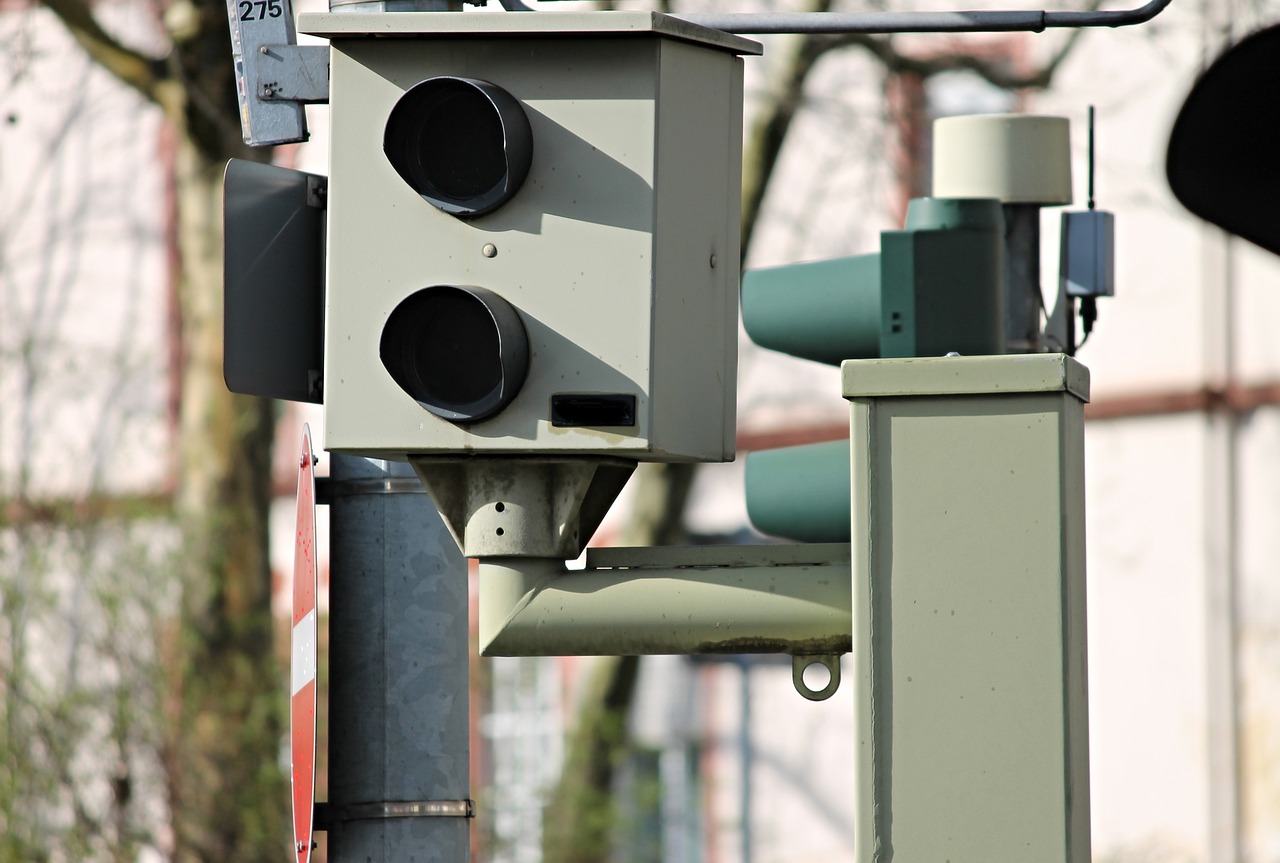A Red Light Camera is basically an automated system that will detect a vehicle entering an intersection despite the traffic signal indicating red and capture images of it doing so. The images are then reviewed by some level authority that varies from state and province (if in Canada) and then a ticket is issued to the owner of the vehicle regardless of who was driving it.
This article will help you understand the court processes and procedures that will be necessary for your defence if you have gotten a red-light camera ticket and would wish to contest the citation for any reason. Even though it is obvious from the photo that you are not the driver of the car, you will regrettably need to show up in court multiple times before your name is cleared. You can use this guide to learn how to use the traffic court system.
Table of Contents
- The steps to fighting a red light camera traffic ticket
- 1) Carefully review the paperwork
- 2) Confirm with the level of government that issued ticket it is real
- 3) Respond to the paperwork and confirm the court date
- 4) Appear in court for the arraignment
- 5) Go see the traffic court clerk
- 6) Prepare for trial
- 7) Fill out paperwork for a “request for production” or a “discovery request”
- 8) Review the request for production or discovery request
- 9) Visit the intersection or scene for more evidence
- 10) Go to court
The steps to fighting a red light camera traffic ticket
1) Carefully review the paperwork
Government agencies do make mistakes and it is possible you received the ticket in error or perhaps there is a flaw on it that would cause it to be thrown out immediately. Furthermore, you should be aware there have been recent scams where people are receiving “tickets” in the mail as a way to obtain sensitive personal information to steal their identity and commit fraud. At the very least you should make sure all the information provided on the ticket is accurate and complete.
2) Confirm with the level of government that issued ticket it is real
You should confirm the ticket with whatever level of government, whether it’s the local police or highway patrol for example, that issued the traffic ticket. Simply call them and have the citation number ready or go see their front desk in person.
3) Respond to the paperwork and confirm the court date
If you’ve read the paperwork you’ve received, you’ll know you have a court date for an arraignment that you need to attend. This court date is also the last day you have to pay any fees or penalties if you wish to enter an admission of guilt. This may be the last day to submit a payment or show up in court in several states. You may show up in court at any time before this date in these states to be charged.
4) Appear in court for the arraignment
Please be aware this is not a court hearing. You are simply attending to enter a plea of guilty, guilt with explanation, or not guilty. This is not your opportunity to present a case or evidence to a judge. If you are entering a guilty with explanation plea, you are still admitting guilt, but it is possible the court will consider the circumstances and reduce the penalties. Once you enter a not guilty plea you will receive a date for your court-hearing.
5) Go see the traffic court clerk
They are actually there to help guide you through the process and will be helpful in giving you the information you need for your court hearing such as the time and date, as well as the address and courtroom of where it will take place. You should also ask the clerk on how to properly “serve” the prosecutor with a “request for production” as it can vary from state to state. This is an extremely important step as it not only gives you the evidence the court has against you but also provides the opportunity for the ticket to be dismissed if the request is not properly fulfilled.
6) Prepare for trial
It’s time to do your homework! Do some reading on how red light cameras work and check the images for any errors they sent. In some states, if you are not the driver in the photograph you can have the ticket dismissed.
7) Fill out paperwork for a “request for production” or a “discovery request”
Remember when you spoke with the traffic court clerk earlier about the request for production? Now is the time to fill out the required paperwork for one. These requests have strict timelines for both you and the prosecution. The benefit is that if the prosecutor fails to deliver it within a set number of days or does not give you all the information it will provide grounds to have the ticket dismissed. Once you have it filled out you can serve it in the manner the traffic court clerk has told you to do.
8) Review the request for production or discovery request
Once you get the request for production it is time to review it. This will have all the evidence against you that the court has. It usually includes photographs, and details on the camera used but it might also include things like witnesses. You should prepare an explanation for each piece of evidence or note listed in the request for production.
9) Visit the intersection or scene for more evidence
Just to further build your case go to the exact intersection you got the red light camera ticket from and see what else you can find. At the very least you should time the light transitions at the intersection for a few changeovers and note any inconsistencies. These cameras have to be specifically calibrated and should not vary in time. There should also be enough time between the transitions to safely bring your vehicle to a stop before the light turns red.
10) Go to court
It’s time to go to court so prepare all your evidence and paperwork in a folder that you can carry with you. Make sure you attend on time at the required location. Follow the direction of the court staff and the judge and wait until it is your turn. When the prosecutor is speaking, you should take notes specifically for any discrepancies between what they are saying and what was in the request for production.
Once it is your turn to speak, you should ask for the case to be dismissed on the grounds of the evidence you have. Present the case in your own words and describe the events in as much detail as you possibly can. For example, if the request for production was not received or was late, then that could be your grounds. Listen carefully to the prosecutor’s closing argument and note any discrepancies. When it is your turn to provide closing arguments, make sure to summarize your argument and speak in facts only. From there simply wait for the verdict.

The Retired Cop dedicated 35 years to serving as a police officer, where he gained extensive experience by working in various specialized units such as patrol, SWAT, major case investigations, and traffic enforcement. His diverse background in law enforcement has equipped him with a deep understanding of criminal justice and operational procedures. This expertise allows him to offer valuable insights into legal matters, drawing from his extensive knowledge of the justice system.





